Discover expert insights on LED display projects, product selection, and display technology — all in one place. Our resource center brings together real-world case studies, professional buying guides, and in-depth technical knowledge to help you make the right decisions for your LED screen needs. More industry focused content, including installation best practices and market trends, is continuously curated to support your long-term success.
COB vs SMD LED Display: Which Technology Is Best for Indoor HD Applications in 2025?
Compare visual performance, durability, and cost to make the right LED screen choice for your business.
Choosing the right LED display technology is crucial when you’re targeting high-definition indoor applications like command centers, conference rooms, broadcast studios, or retail showcases. In this article, we break down the differences between COB (Chip-on-Board) and SMD (Surface-Mounted Device) technologies — from image quality and reliability to cost and maintenance — so you can make a confident, informed decision. Whether you’re a system
integrator, AV contractor, or project manager, this guide will help you determine which display solution truly fits your needs.
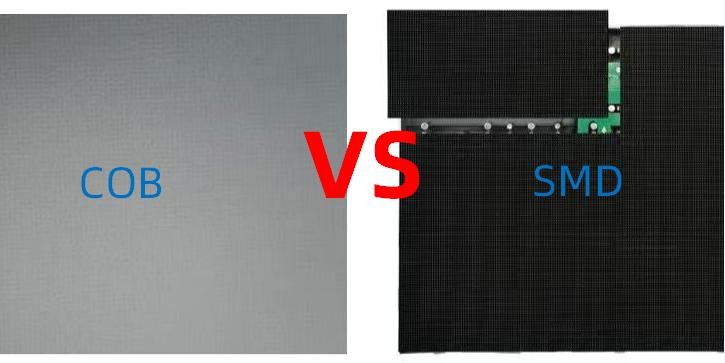
Table of Contents
What Is COB and SMD LED Technology?
Key Demands in Indoor HD Display Applications
COB vs SMD: Visual Performance Comparison
Cost, Maintenance & Total Ownership
Durability, Safety & Anti-Collision Features
What COB and SMD indoor led Display can you make for indoor HD Display?
Application Scenarios & Customer Feedback
FAQ: COB vs SMD for Indoor Projects
How to Choose the Right Technology for Your Project
Conclusion: Which Is Right for You?
1. What is COB and SMD LED Technology?
COB (Chip-on-Board) and SMD (Surface-Mounted Device) are two mainstream packaging technologies in LED displays that directly impact display, performance, maintenance needs, and long-term stability.
COB LED displays feature multiple LED chips directly bonded onto the substrate without wire bonding or holders. This seamless structure delivers a smoother black surface, higher pixel density (as fine as P0.67), and superior surface protection—making them ideal for fine-pitch indoor and semi-outdoor applications. Thanks to full encapsulation, COB is also more resistant to dust, moisture, and physical impact.
In contrast, SMD LED displays use individually packaged RGB diodes soldered onto the PCB. While SMD is highly mature and cost-effective, especially for pixel pitches above P1.25, its exposed diode structure is more vulnerable to environmental stress and mechanical damage. However, SMD remains the mainstream choice for most outdoor LED screens due to its balance between performance and affordability.
COB vs SMD LED Packaging Technologies in LED displays

2. Key Demands in Indoor HD Display Applications
Indoor applications—especially those involving close-up viewing—require more than just brightness. Factors such as visual comfort, color accuracy, seamlessness, and anti-glare become critical.
Core requirements for indoor HD use cases:
• Fine pixel pitch (P1.5 and below)
• True-to-life color reproduction
• High contrast ratio
• Wide viewing angle (≥160°)
• Low reflection and eye comfort
• Compact and modular design
Relevant use cases:
• Command & control rooms
• Conference room LED walls
• High-end retail spaces
• XR virtual production stages
[Get a COB LED Display Quotation Now]
Share your project details and receive a tailored solution within 12 hours.
3. Visual Performance Comparison: COB vs SMD LED Displays
When it comes to visual performance, COB (Chip-on-Board) technology significantly outperforms traditional SMD (Surface-Mounted Device) in key parameters such as contrast, color uniformity, and viewing angles.
COB displays feature black matte encapsulation and a diffused surface, delivering a higher contrast ratio, minimal glare, and wider viewing angles—up to 170° both horizontally and vertically. The seamless encapsulated surface ensures excellent color uniformity, making COB ideal for applications that demand ultra-fine detail and consistent image quality.
SMD displays, while still delivering sharp images, tend to have lower contrast due to reflective casings, slightly narrower viewing angles, and may show minor inconsistencies in color uniformity between modules. SMD technology is well-established and cost-efficient for pitches like P1.25, P1.5, or P1.875, but it lacks the ultra-fine pixel density and optical refinements of COB. In short, COB is the preferred choice for premium LED display applications where superior visual quality and close-up viewing are key.

Why it matters: In high-end conference rooms or XR studios, COB’s better contrast and uniformity reduce eye strain and create a seamless immersive experience, even under varied lighting conditions.
[Compare COB & SMD Visual Samples – Contact us for Demo Video]
4. Cost, Maintenance & Total Ownership
Cost is always a key factor in B2B projects. While SMD displays generally come at a lower upfront price, COB displays often offer better ROI due to reduced maintenance and higher durability.
4.1 Initial Cost
SMD modules are less expensive to produce due to established mass production lines. COB displays, especially below P1.5, may be 20–30% more expensive per square meter initially.
4.2 Maintenance Frequency
COB LEDs are encapsulated and have no exposed pins, making them dust-resistant and impact-proof. This means fewer damaged pixels during transport, installation, or daily use—crucial in busy environments like hotels or showrooms.
4.3 Lifecycle ROI
While COB led displays have a higher initial hardware cost, they offer long-term cost advantages due to their sealed structure, which reduces repair frequency and minimizes labor costs. With a longer lifespan (100,000+ hours), COB displays require less maintenance and downtime over time.
In contrast, SMD led displays are more affordable upfront but tend to incur higher maintenance and labor expenses due to more frequent pixel-level repairs and shorter lifespans (50,000–80,000 hours). Therefore, COB is more cost-effective in the long run for demanding or high-usage environments.
Pro Insight: COB’s durability minimizes service calls and reduces the total cost of ownership (TCO) over time, especially for permanent installations.
[Contact us for a Full Project ROI Report]
We’ll calculate your 3-year total ownership cost using COB vs SMD options.
5. Durability, Safety & Anti-Collision Features
COB displays are widely recognized for their rugged build quality. The chip-on-board design encapsulates LED chips within a protective resin layer, making the screen surface fully sealed and impact-resistant — a key advantage over the exposed diode structure of SMD.
5.1 Why Durability Matters in Indoor Environments
• Frequent contact from cleaning or accidental touches
• Transport risks during rental or event setups
• Unstable temperatures or high humidity indoors

COB (Chip-on-Board) led displays offer superior durability and protection compared to SMD (Surface-Mounted Device) displays. With a fully encapsulated surface, COB displays are waterproof, dustproof, and more resistant to physical impact (≥2H hardness), making them ideal for high-traffic or demanding environments. They also feature enhanced fire safety due to better flame-retardant PCB coatings.
In contrast, SMD led displays have exposed diodes that are more susceptible to dust and damage from physical contact. They require more frequent pixel-level repairs and offer only standard fire resistance.
Overall, COB displays provide stronger protection, higher reliability, and reduced maintenance needs.
6. Application Scenarios & Customer Feedback
While both technologies are used in indoor LED projects, COB is increasingly preferred for high-end, detail-critical environments. Below are typical use cases and the corresponding technology fit.
COB vs SMD Display Applications

COB led displays are ideal for high-end, performance-critical environments such as executive boardrooms, airport lounges, and broadcast/XR studios. Their strengths—like anti-glare surfaces, visual comfort, long operational durability, seamless appearance, and excellent image uniformity—make them the preferred choice for premium settings.
On the other hand, SMD led displays are well-suited for cost-sensitive applications such as retail signage, churches, and community halls. They offer a good balance of resolution, affordability, and ease of maintenance, making them practical for general-purpose use.
[Need a Recommendation Based on Your Industry?]
Share your application, and we’ll match the ideal LED technology for your space.
7. FAQ: Common Questions About COB vs SMD Displays
Q1: Is COB always better than SMD for indoor applications?
Not always. COB excels in high-end environments requiring ultra-fine pixel pitch and robustness, while SMD may still be a cost-effective choice for mid-range projects like indoor advertising or small event setups.
Q2: Can COB modules be repaired if damaged?
While harder to repair than SMD due to the encapsulated surface, COB’s durability reduces the need for repairs. Some manufacturers now offer partial repair services or module replacement for high-value screens.
Q3: Which display works better under studio lighting or camera?
COB’s diffuse surface and anti-moiré performance make it a preferred choice for broadcast studios, XR stages, and filming environments.
Q4: Is there a difference in brightness between COB and SMD?
SMD LEDs can sometimes achieve higher peak brightness, but COB’s contrast and color uniformity often result in a better perceived image in controlled indoor lighting.
Q5: Are COB displays suitable for rental use?
Yes — especially in premium rental applications like auto shows, high-end exhibitions, or concerts where visual quality and durability are both required.
8.How to Choose: COB or SMD for Your Project?
To make the right choice, consider these key factors:
8.1 Your Budget
• Limited budget? SMD is more affordable upfront.
• High-end image requirements? COB pays off long-term.
8.2 Usage Frequency & Maintenance Resources
• For daily or intensive use, COB’s sealed design reduces repair costs.
8.3 Environment Type
• High-traffic indoor areas or touchable zones? COB resists damage better.
• Controlled, staff-only environments? SMD may suffice.
8.4 Visual Expectations
• Want true blacks, wide angles, and anti-glare? Choose COB.
• Accept minor pixel structure visibility? SMD is adequate.
[Free LED Project Consultation – Get Expert Advice]
We’ll evaluate your venue, budget, and application to recommend the right solution.
9. Conclusion: Which Is Right for You?
• COB and SMD both serve distinct purposes in the indoor LED display landscape. For clients focused on longevity, immersive visuals, and minimal maintenance, COB is an ideal choice. For cost-sensitive projects with standard visual needs, SMD remains a solid contender.
• Final Tip: Don't just buy specs. Let your real-world application lead the decision.
Consulting solutions for Your Project
-
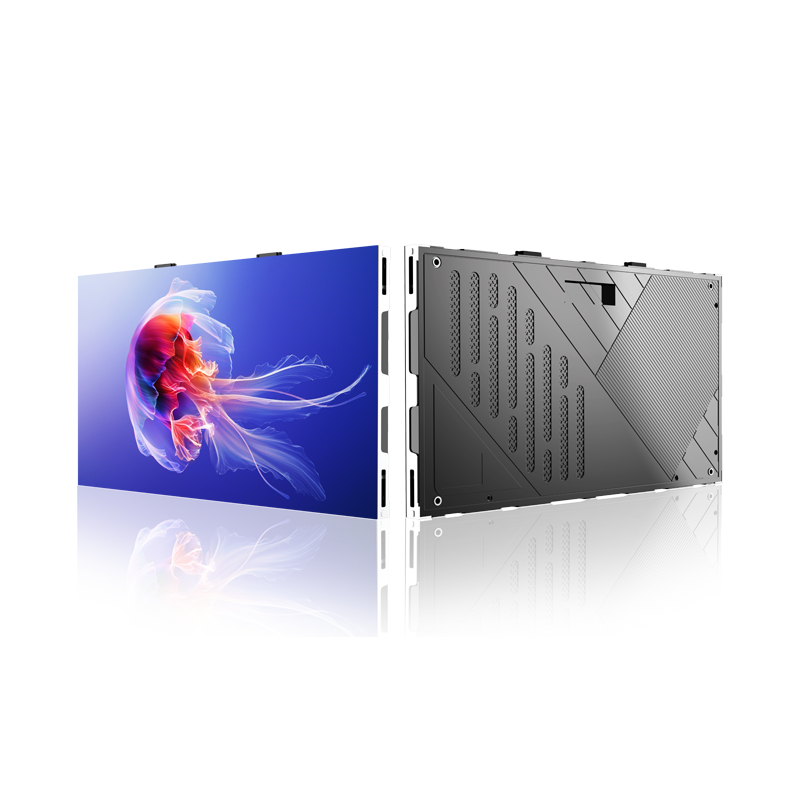 VI6 Series COB Indoor LED display
VI6 Series COB Indoor LED display• Engineered for high-end indoor applications requiring ultra-high-definition visuals, such as control rooms, broadcast studios, and corporate environments.
• Cabinet size: 600× 337.5× 27.5mm
• Ultra-Fine Pixel Pitch Options: P0.625,P0.78, P0.9375, P1.25, P1.5625, P1.875
• Ultra slim and light weight aluminum cabinet, Fast installation
• Front Maintenance, easy to maintain
• Creative splicing
• Easy to make 16:9 radio led display
• Need price or technical details? Tap the contact Icon for quick chat with us -
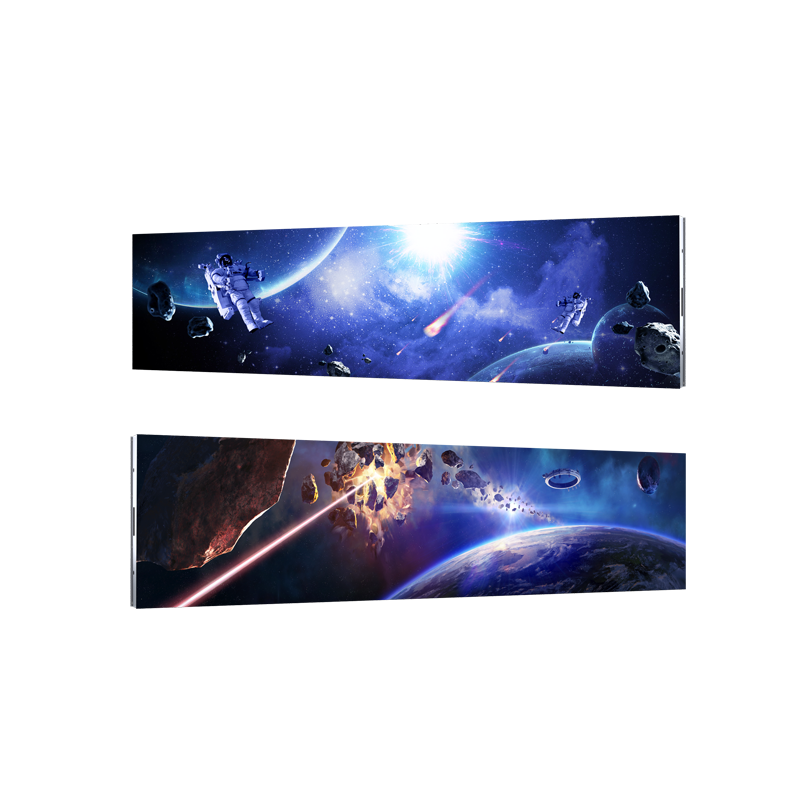 VI5 Series Indoor Double-Sided LED Display
VI5 Series Indoor Double-Sided LED Display•Engineered for indoor environments such as shopping malls, retail stores, airports, etc. where dual-sided content display enhances visibility and audience engagement
• Multiple Size: 1000×250x54mm, 750×250x54mm, 500×250x54mm
• Available Pitch: P1.25, P1.5625, P1.95, P2.5, P2.604. P2.976, P3.91
• Slim 54mm cabinet for seamless indoor integration
• Dual-sided visibility for maximum audience engagement
• Front maintenance for fast servicing
• Supports hanging & standing installations
• Need price or technical details? Tap the contact Icon for quick chat with us -
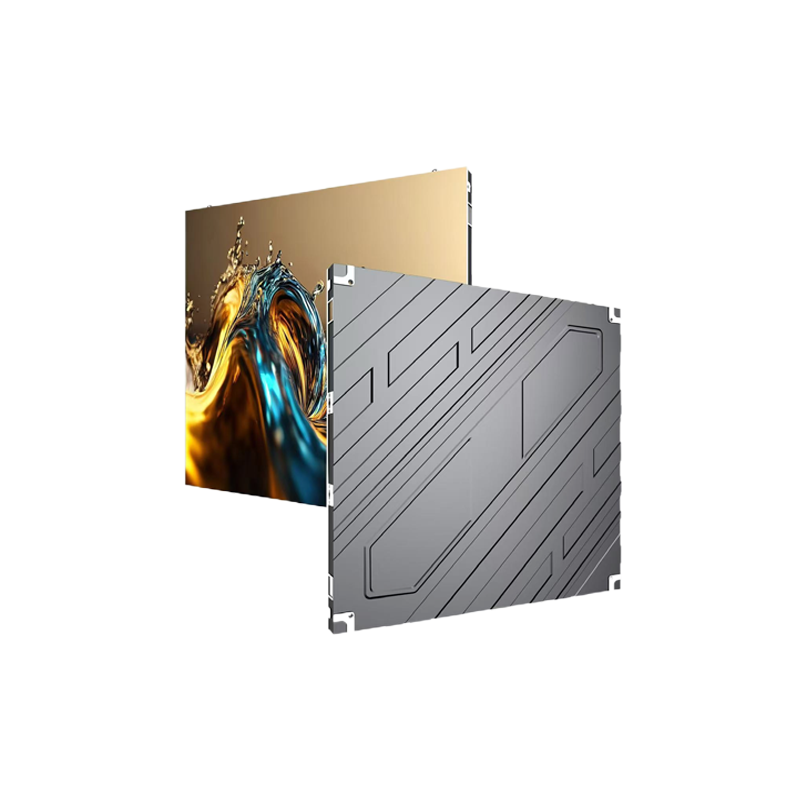 VI4 Series Indoor Fine Pitch LED Display with 4:3 Radio
VI4 Series Indoor Fine Pitch LED Display with 4:3 Radio• Tailored for high-end indoor environments such as corporate lobbies, control rooms, luxury retail stores, and TV studios
• Pixel Pitch Options: P1.25, P1.53, P1.86, P2.0, P2.5
• Cabinet Size: 640× 480mm or customized
• High refresh rate and contrast ratio for smooth, flicker-free playback
• Ultra-slim and seamless panel design for premium indoor visuals
• Front maintenance with magnetic modules for quick servicing
• GOB Technology to ensure durable & reliable indoor use
• Need a quote or technical support? Click the Contact button to chat with our sales experts. -
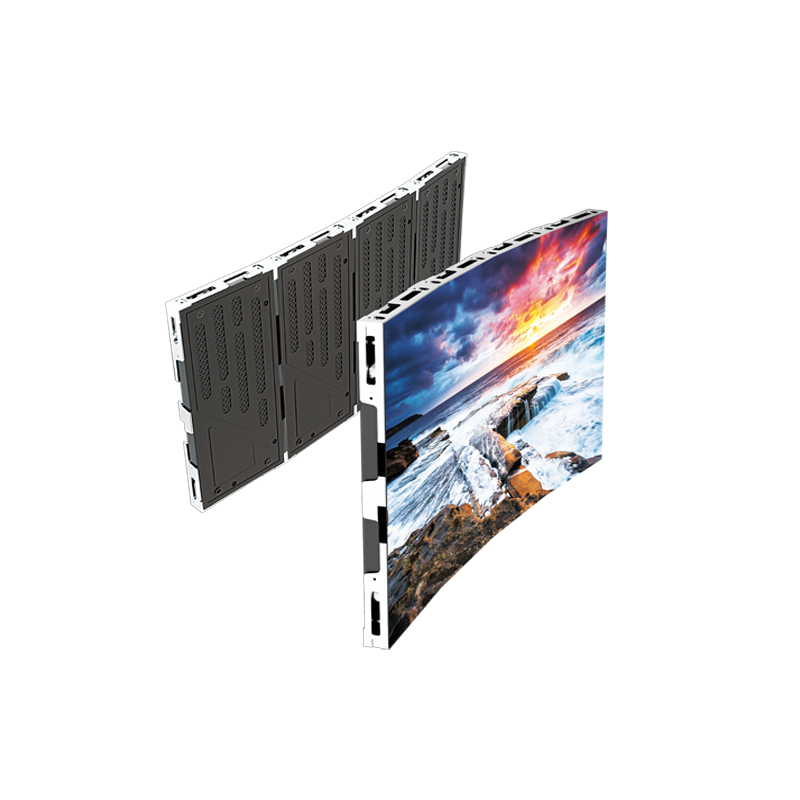 VI3 Series Curved Indoor LED Display Panel
VI3 Series Curved Indoor LED Display Panel• Perfect for exhibition halls, stage backdrops, immersive spaces, and any installation requiring concave or convex LED walls
• Flexible curved cabinet size: 600x337.5x27.5mm
• Pixel Pitch Options: P0.625, P0.78, P0.93, P1.25, P1.56, p1.875
• Curved panel design for curved or creative shapes
• Stable performance with high contrast and vivid color
• Lightweight die-cast aluminum cabinet for quick installations
• Quick front access with user-friendly module replacement
• Have a project in mind? Tap the Contact button to discuss custom curved LED solutions. -
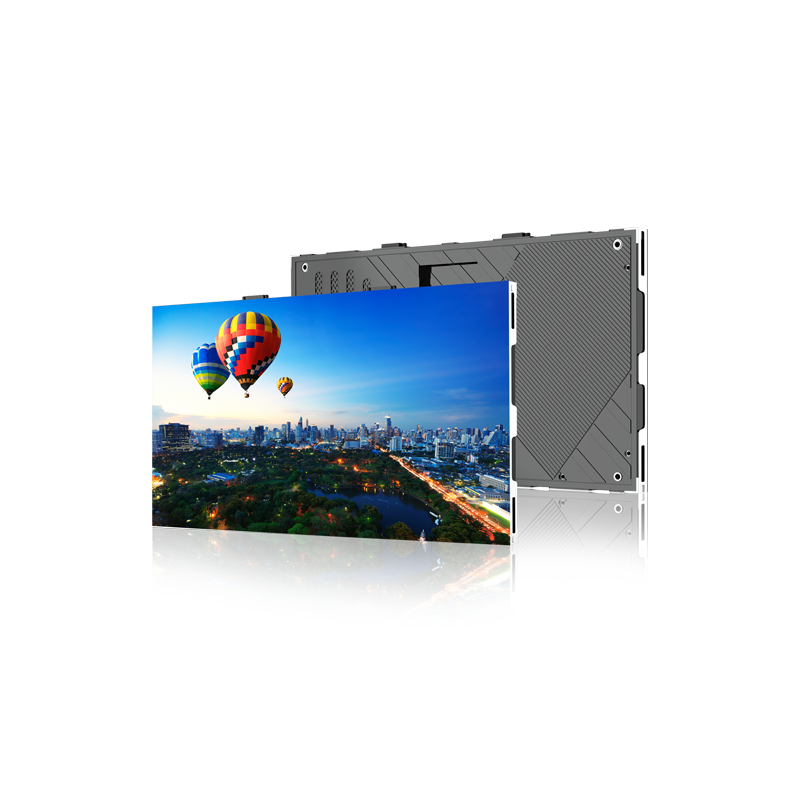 VI2 Series Indoor LED Display with 16:9 radio
VI2 Series Indoor LED Display with 16:9 radio• Ideal for control rooms, conference centers, and creative commercial displays requiring uninterrupted performance and flexible shapes
• Cabinet Size: 600×337.5×27.5mm, ultra-slim design
• Pixel Pitch Options: p0.78, P0.9375, P1.25, P1.56, P1.875, P2.5
• Dual backup system ensures stable and secure operation
• Front maintenance design for quick servicing
• Supports creative splicing for flexible screen layouts
• Silent operation with fanless design and wide viewing angles
• Let’s bring your display ideas to life — tap the Contact button to get tailored specs and pricing. -
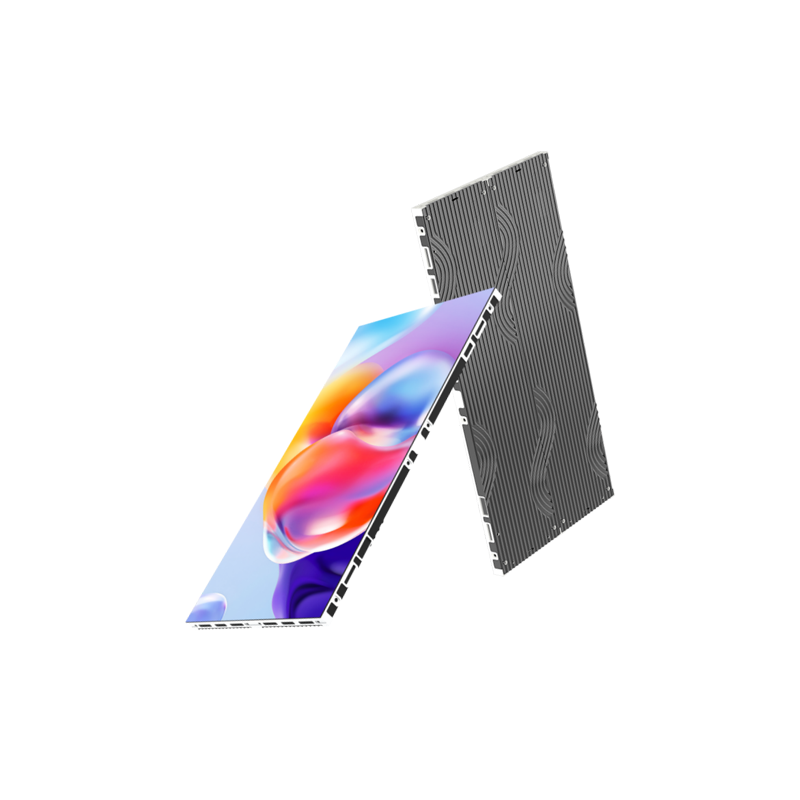 VI1 Series Indoor LED Display with Right Angle Splicing
VI1 Series Indoor LED Display with Right Angle Splicing• Perfect for indoor installations requiring seamless corners, such as retail displays, exhibition booths, and creative digital walls
• Multiple cabinet size: 500×250mm, 750×250mm, 1000×250mm, 1000×500mm
• Pixel Pitch Options:
P1.25, P1.5625, P1.95, P2.5, P2.604, P2.976, P3.91 (compatible with 250×250mm modules)
• Supports perfect right-angle splicing with minimal corner gaps
• Ultra-high definition with high gray scale and refresh rate
• Lightweight design and flexible module combinations
• Fast and easy installation with tool-free assembly
• Need price or more info? Tap the Contact button to get tailored specs and pricing.

 Whatsapp Business:008613823234994
Whatsapp Business:008613823234994 E-mail: info@bestscreen.cn
E-mail: info@bestscreen.cn Subscribe
Subscribe



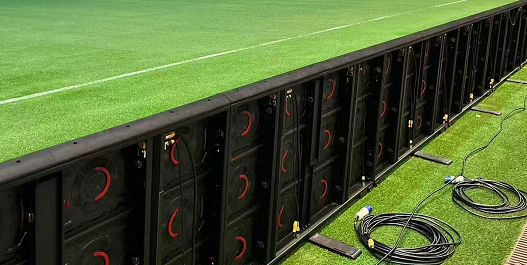

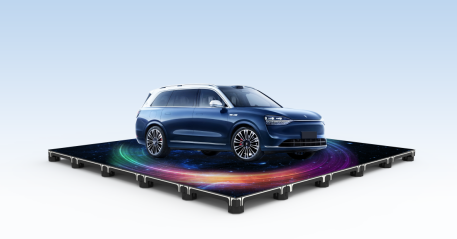
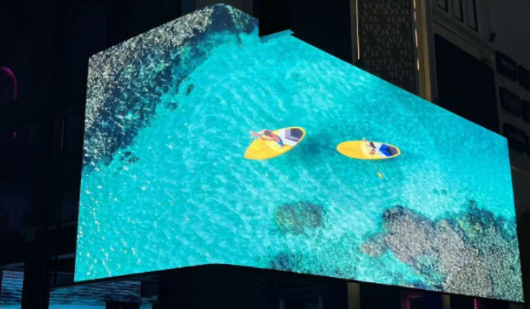
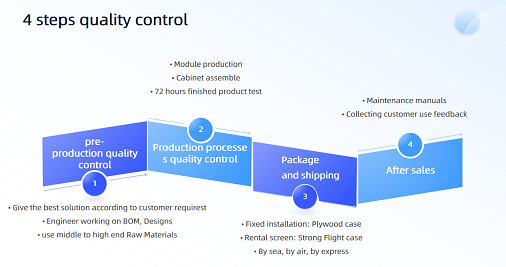













 Address: Block1, Jiada Industrial Park, the northern section of Tangtou Avenue, Shiyan Street, Bao‘an District, Shenzhen, China
Address: Block1, Jiada Industrial Park, the northern section of Tangtou Avenue, Shiyan Street, Bao‘an District, Shenzhen, China Phone: 008613823234994
Phone: 008613823234994 Email: info@bestscreen.cn
Email: info@bestscreen.cn

